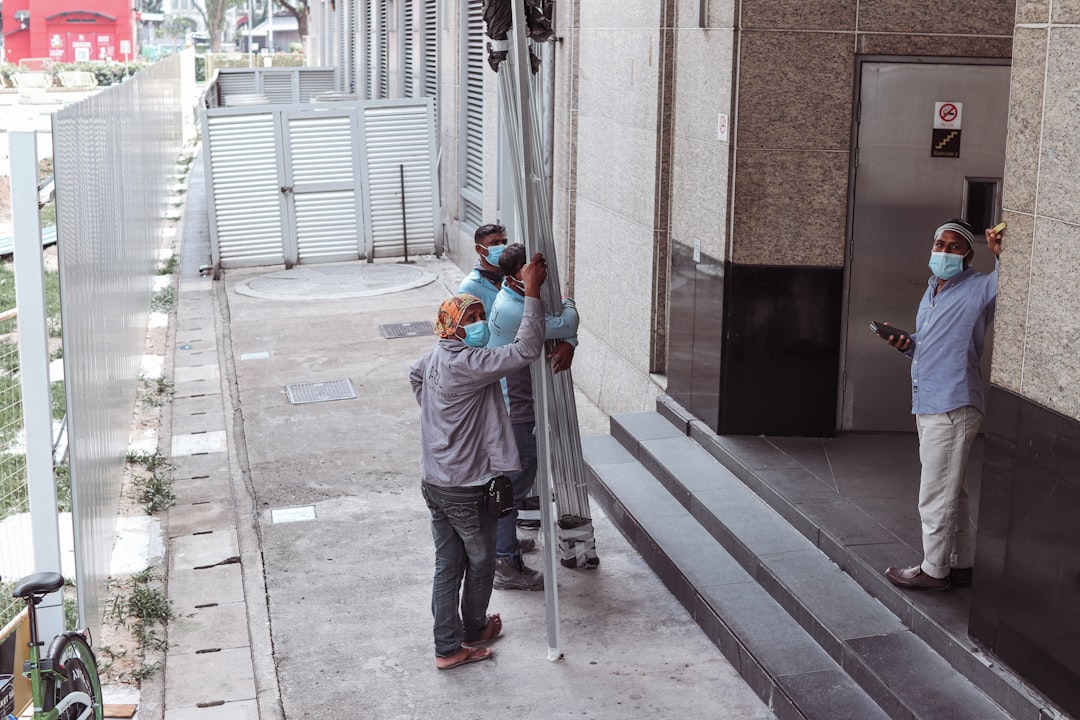
For construction professionals, installing a commercial-grade vent hood in residential projects is crucial for high-performance kitchens. These systems efficiently manage grease, smoke, and moisture, but understanding the installation costs is essential. Typically, costs range from $4,500 to $12,000, influenced by equipment size, duct routing, and local labor rates.
Component Cost:
Construction professionals often underestimate labor costs. On average:
In urban markets, installation costs can be 18-25% higher than national averages. Regular updates ensure accurate estimates for your specific location.
While not typically required for residential installations under 60 inches, some luxury homes include it for added safety.
Consider inline fans to keep noise levels below 4 sones, ensuring a quieter kitchen environment.
Horizontal duct runs are possible but less efficient. Factor in additional costs for elbows and larger blowers.

Hillcrest Builders faced challenges with a 48-inch commercial hood installation, including hidden roof trusses and strict energy codes. Using advanced tools, they efficiently navigated these obstacles.
Voice input allowed rapid specification entry, generating a comprehensive material list.
AI checks ensured compliance with energy codes, preventing costly re-inspections.
Dynamic benchmarking reduced estimated labor hours, saving costs and improving bid competitiveness.